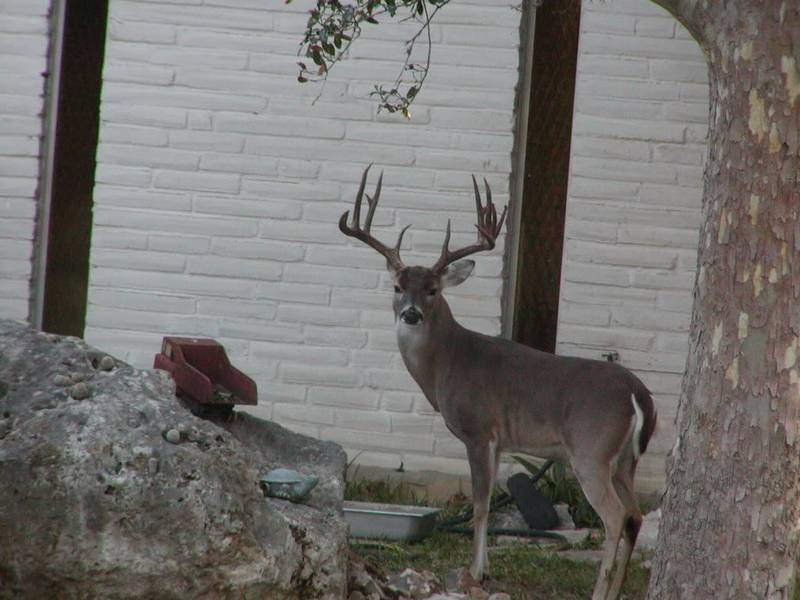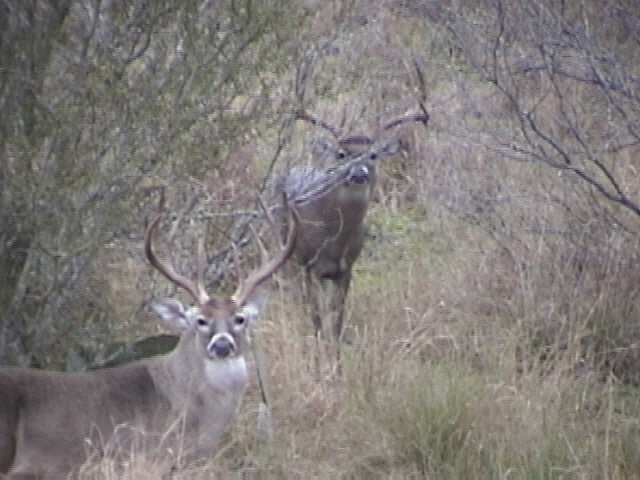The white-tailed deer hunting season has arrived and bowhunters will get first crack at the deer again this year. It looks like there are more deer in Texas than there were last year because estimates of high fawn production have been reported. More than a 100 percent fawn survival was observed on some intensively managed ranches, causing deer overpopulation on some native deer habitats.
Add that with quality native food supplies and that should give hunters a lot to look forward to this season. It also means that like last year that deer hunting over feeders may not be as productive because of the abundant natural forage available. According to Alan Cain, Texas Parks and Wildlife Department whitetail deer program director: Continue reading Deer Management Means Deer Hunting

